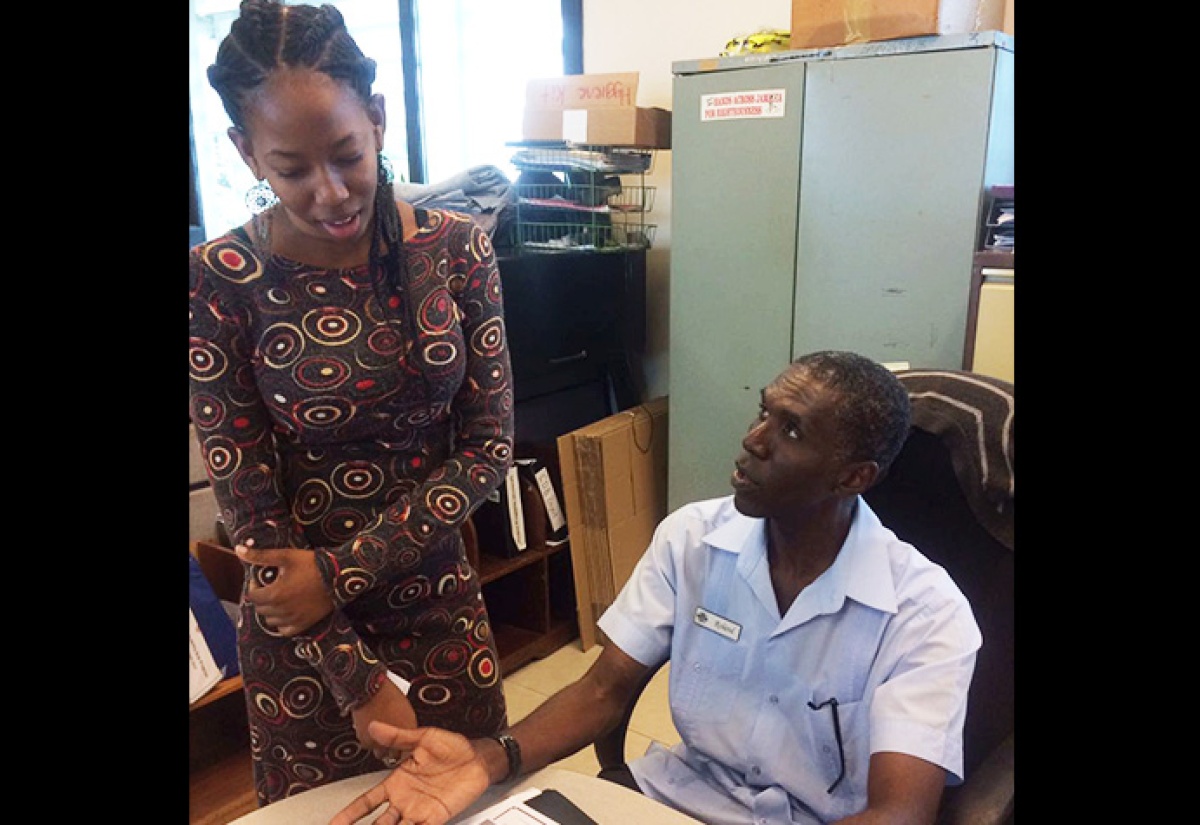Use Graveyard Period to Prepare for Hurricanes – ODPEM
By: , July 26, 2017The Key Point:
The Facts
- Regional Co-ordinator at ODPEM, Roland Haye, tells JIS News that for the first three months weather systems that are formed usually break down and die in the southern Caribbean, hence the period is referred to as the graveyard for most storms.
- Mr. Haye points out that the preparations should include securing roofs. He says it is important that the base of the roof structure, which is where the hurricane straps should be placed, is properly fastened.
The Full Story
The Office of Disaster Preparedness and Emergency Management (ODPEM) is advising householders and property owners to take advantage of the hurricane ‘graveyard’ period from June to late August, to carry out inspections and repairs ahead of the active phase of the season.
The 2017 Atlantic hurricane season runs from June 1 to November 30 each year.
Regional Co-ordinator at ODPEM, Roland Haye, tells JIS News that for the first three months weather systems that are formed usually break down and die in the southern Caribbean, hence the period is referred to as the graveyard for most storms.
“That’s why now it is a good time to carry out any preparations in earnest,” he says.
He explains that systems that are formed in this early period are usually affected by layers of dust from the Sarah desert, which have a negative impact on storms.
He says that wind shear, which is the variation of the wind’s speed or direction over a short distance within the atmosphere, can also rip storms apart preventing them from forming.
Additionally, Mr. Haye notes that this time of the year, there is less moisture in the mid-atmosphere to support a storm. “They will form in the Atlantic but once they enter the Caribbean, particularly the southern Caribbean, the conditions are not there for them to develop further. It is for that reason I would advise people to carry out the necessary preparations now,” he says.
Later on in the season, from late August to mid-October, is when the region is more likely to be hit by a hurricane as storm systems have more favourable conditions to develop.
As such, he stresses, adequate steps should be taken now so that when the end of August comes around all will be in place to mitigate any eventuality.
Mr. Haye points out that the preparations should include securing roofs. He says it is important that the base of the roof structure, which is where the hurricane straps should be placed, is properly fastened.
The roof sheeting also needs to be secure. “What people have been doing is moving away from zinc nails and using screws, because the screw will give you a better purchase in the wood than the nail,” Mr. Haye points out.
He says persons should also look out for nails that protrude through the roof truss and rafters.
“Once the nail goes through the wood, you can bend the end that comes through the wood. Rather than the nail just going straight through the wood and it is just left hanging, you just bend it. That gives it increased strength and prevents it (roof sheeting) from lifting,” he notes.
Mr. Haye says windows are another potential area of weakness and should be properly sealed.
“If you can’t afford commercial materials to carry out sealing exercises, then during a hurricane, try using old newspaper to stuff holes and spacing around windows. That actually works because if the wind can’t get inside then you have a better chance of not getting wet or your roof lifting,” he points out.
Another strategy that can be employed, Mr. Haye says, is to leave a window ajar or open on the opposite side of the direction of the wind. This, he explains, allows for equalisation of the pressure on the outside with that on the inside, preventing the explosion of glass windows due to built-up pressure.
Regional Co-ordinator further advises persons living in flood-prone areas to take extra precaution and always be on the lookout for rising water levels.
“Keep a sharp lookout and leave before you are unable to. If you have a neighbour or friend with a more secure home than yours use, the time to make arrangements,” he says.
He also advises people on medication to ensure that they have at least two weeks supply. “Don’t wait until the last dose to go and get a refill,” he says.
For information on disaster preparedness persons can contact their local municipal corporation or the ODPEM at 2-4 Haining Road, Kingston; telephone 906-9674.


